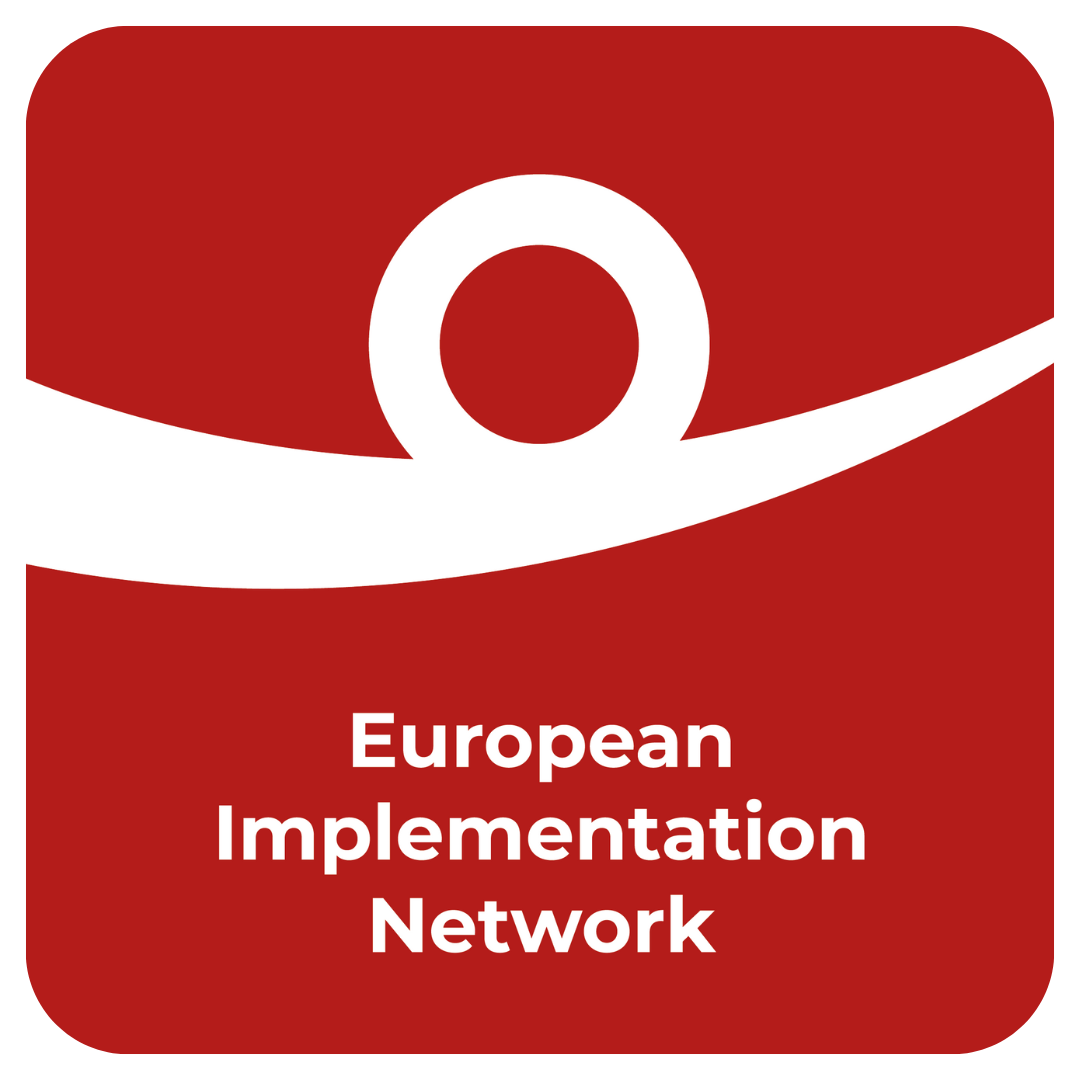EIN gives evidence on civil society's role in the implementation of judgments
/Participants in the hearing. Photo: EIN
On 9 October, EIN was invited to participate in a hearing of the Committee of Legal Affairs and Human Rights of the Parliamentary Assembly of the Council of Europe (PACE). This hearing focused on the implementation of judgments of the European Court of Human Rights and took place in the context of the report prepared by PACE member Evangelos Venizelos.
The hearing was the occasion for EIN Co-Director George Stafford to provide information about the difficulties faced by civil society when engaging with the monitoring process for the implementation of ECtHR judgments. Significant barriers to the involvement of civil society in this process are the lack of openness and transparency in the system: the supervision system is very closed, lacks easy-to-access information. In addition, it contains almost no official guidance, and can only be engaged with in two particular languages. These things mean that expertise and time is required to engage in it. These are things that NGOs are very short of.
EIN Treasurer and EIN Co-Director George Stafford at the hearing. Photo: EIN
EIN tries to support civil society organisations’ efforts to overcome these problems, mainly by providing information and training. It has also just published a handbook on the implementation process, which contains the key information about how organisations can participate in the supervision process.
At the end of his intervention, EIN Co-Director George Stafford called for comprehensive improvements under three broad headings - information, inclusion and training - to help NGOs and NHRIs engage in the process.
You can access the full text of the presentation of EIN Co-Director George Stafford here.


